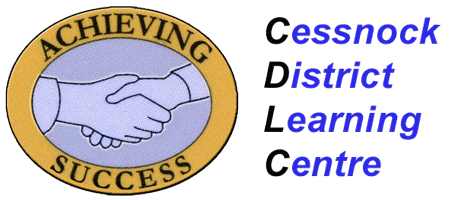 Madam Acting-Speaker, I welcome you back to this new Parliament and congratulate you on your election and reappointment. I start my contribution in this Fifty-sixth Parliament in much the same way as I started in the Fifty-fifth Parliament: talking about the educational challenges facing the electorate of Cessnock. Unfortunately, not much has changed in the past four years. Alas I must report that there has been a reduction in funding for education in some of the most critical parts of my electorate. Let me remind the House of a couple of facts and statistics from the census data. The electorate of Cessnock has the lowest number of people in the State who complete year 12. The electorate has the highest number of people in the State who have left school at year 10 or earlier. We have the lowest number of people in the State who go on to tertiary education. These statistics about Cessnock do not just come from the 2006 census; they did not just appear. They were confirmed and endorsed, unfortunately, by the 2011 census. This means that for 10 years now the electorate of Cessnock has faced the same situation with education.
Madam Acting-Speaker, I welcome you back to this new Parliament and congratulate you on your election and reappointment. I start my contribution in this Fifty-sixth Parliament in much the same way as I started in the Fifty-fifth Parliament: talking about the educational challenges facing the electorate of Cessnock. Unfortunately, not much has changed in the past four years. Alas I must report that there has been a reduction in funding for education in some of the most critical parts of my electorate. Let me remind the House of a couple of facts and statistics from the census data. The electorate of Cessnock has the lowest number of people in the State who complete year 12. The electorate has the highest number of people in the State who have left school at year 10 or earlier. We have the lowest number of people in the State who go on to tertiary education. These statistics about Cessnock do not just come from the 2006 census; they did not just appear. They were confirmed and endorsed, unfortunately, by the 2011 census. This means that for 10 years now the electorate of Cessnock has faced the same situation with education.
One of the programs being run in the electorate of Cessnock is the Cessnock District Learning Centre [CDLC]. Its patron is the Governor-General of Australia. He is a big supporter of the program and has attended a number of fundraising events to ensure its continued operation for almost 20 years. The Cessnock District Learning Centre takes some really challenging students out of school for two days a week. When they are out of school and at the CDLC they engage in not only educational tasks but also activities that might be considered a bit more fun—there may be outdoor recreation activities, trips to the shops or a journey on public transport. It is about learning in a different environment. It is not just about classrooms and talk and chalk; it is about learning through doing. It is about life skills and life lessons. Young people really appreciate this and have blossomed at the Cessnock District Learning Centre—and I can attest to this with great certainty.
As a teacher at Mount View High School for nine years, I knew well some of the young people sent to the CDLC. It was often referred to as their last chance at education. It was their last chance before they were booted out of their local high school—told never to return. The young people had to turn up at the CDLC and participate in its programs. They had to do the right thing not only at the CDLC but also when they returned to school. Otherwise the privilege of attending the CDLC would be withdrawn. During the election campaign I spoke to the CDLC students, as did other candidates. I spoke to them about what it is that a politician wants to do, tries to do and should do, and why young people need to be engaged with not only their politicians and their education but also their future.
Unfortunately, last year the Cessnock District Learning Centre missed out on funding in the grants process. I remind everyone of the statistics I mentioned at the start of my contribution and the educational challenges facing the Cessnock electorate. If we want facts and statistics that indicate government should definitely fund educational opportunities, particularly for at-risk students, then we should look no further than the census data. Unfortunately, however, through the new grants process rolled out by the Coalition Government, for the first time in 20 years the Cessnock CDLC failed to win grant funding. By comparison, the electorate of Maitland—which is a swinging seat—managed to secure three different streams of funding for similar programs. Yet statistically, according to the census data, they do not face the same challenges. I hasten to add that Maitland certainly does have educational challenges and thoroughly deserves funding for at-risk students. But, as I said in 2011, the electorate of Cessnock does need special care and attention. There is statistical data for more than 10 years now that we simply cannot ignore any longer.
